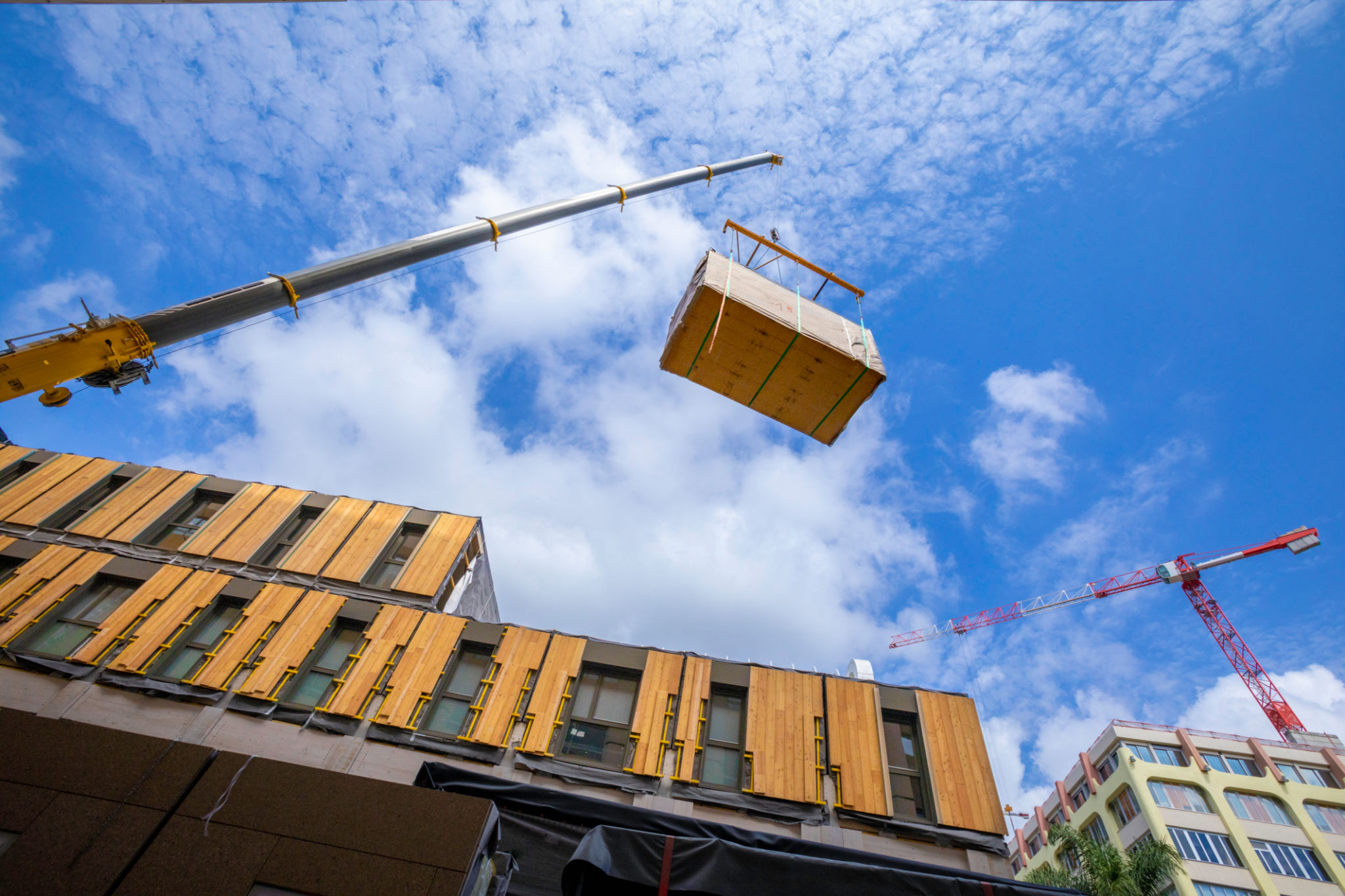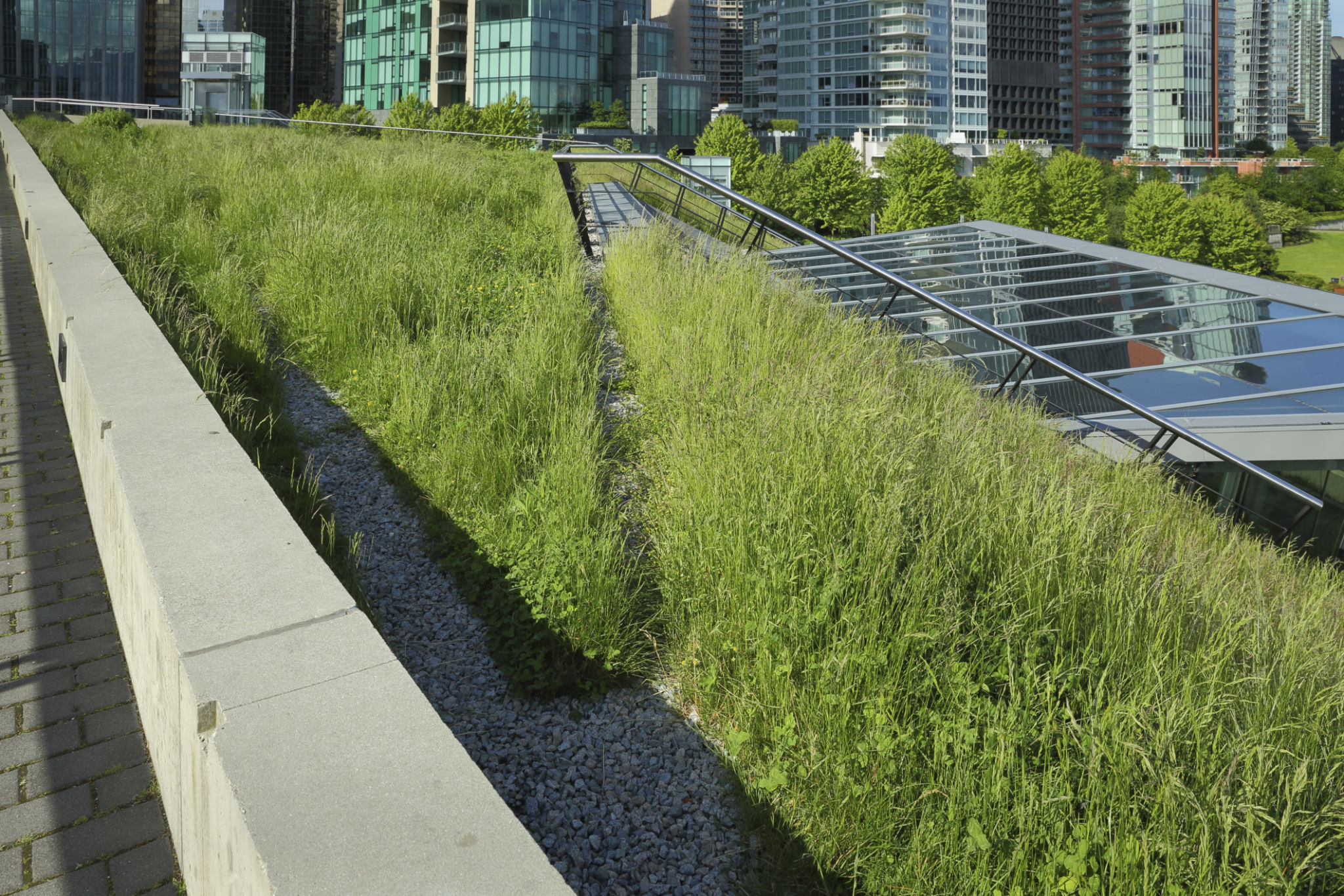Top 5 Trends in Sustainable Construction in Texas
Introduction to Sustainable Construction
The construction industry in Texas is experiencing a transformative shift as it embraces sustainable practices. With the rising awareness of environmental impacts and the push for greener solutions, sustainable construction has become a focal point for developers and builders alike. This blog post explores the top five trends in sustainable construction shaping the future of Texas.

1. Energy-Efficient Building Materials
One significant trend in sustainable construction is the use of energy-efficient building materials. These materials are designed to reduce energy consumption, contributing to lower utility bills and a smaller carbon footprint. From insulated concrete forms to advanced glazing systems, the options are diverse and tailored to suit Texas's unique climate.
Innovative Insulation Solutions
Advanced insulation solutions are gaining popularity, providing superior thermal performance and enhancing energy efficiency. Products like spray foam insulation and rigid foam boards are commonly used to seal air leaks and improve overall energy performance.

2. Green Roofing Systems
Green roofing systems are becoming increasingly popular in Texas, offering both aesthetic and functional benefits. These systems involve planting vegetation on rooftops, which helps in managing stormwater, improving air quality, and reducing urban heat island effects.
The Benefits of Green Roofs
By incorporating green roofs, buildings can significantly reduce their cooling costs, as the vegetation provides natural insulation. Additionally, green roofs enhance biodiversity by creating habitats for various species, contributing positively to the environment.

3. Water Conservation Techniques
Water conservation is a critical aspect of sustainable construction, especially in a state like Texas, where water resources can be scarce. Builders are implementing innovative techniques to minimize water usage and promote sustainability.
Rainwater Harvesting Systems
Rainwater harvesting systems are an effective way to collect and reuse rainwater for landscaping and other non-potable applications. These systems are becoming standard practice in new developments, significantly reducing the demand on municipal water supplies.

4. Smart Building Technologies
The integration of smart building technologies is revolutionizing the way buildings operate, making them more efficient and sustainable. These technologies enable better monitoring and control of energy usage, enhancing the overall sustainability of the structure.
Automated Energy Management
Smart thermostats, lighting controls, and energy management systems allow for precise control over a building's energy consumption. By utilizing data analytics, these technologies optimize energy use and reduce waste, aligning with sustainability goals.

5. Prefabrication and Modular Construction
Prefabrication and modular construction methods are gaining traction as they offer numerous sustainability benefits. These methods involve constructing building components off-site and then assembling them on-site, reducing waste and speeding up construction timelines.
The Environmental Impact
By minimizing on-site construction activities, prefabrication reduces the environmental disruption typically associated with traditional building methods. This approach not only conserves resources but also enhances safety and quality control during the building process.
Sustainable construction in Texas is paving the way for a more environmentally friendly future. By adopting these trends, the industry is not only reducing its ecological footprint but also setting a standard for responsible development practices statewide.
